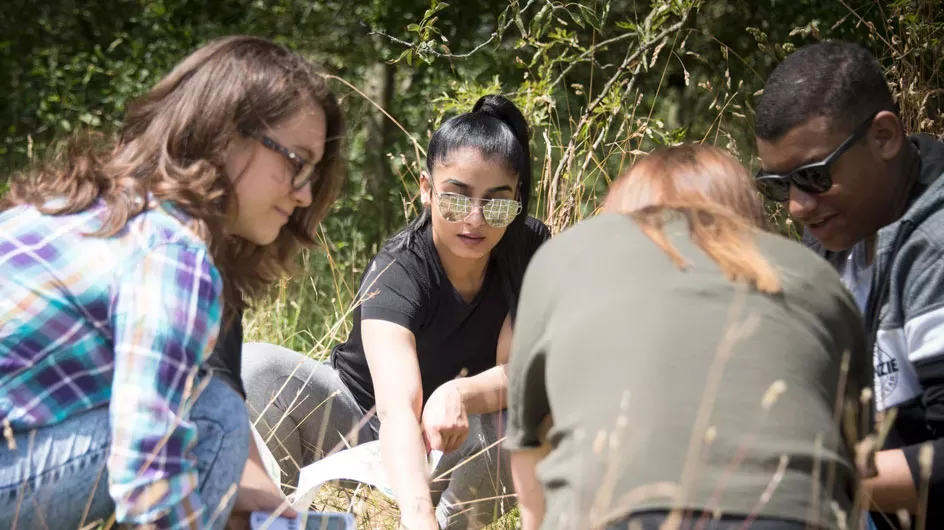KS5 Biology: Classification and taxonomy
Delve into the world of classification and discover how it influences our everyday lives.

Level
Duration
Allocated space
Overview
How are the world’s plants and fungi related to each other? Delve into the world of classification and discover how it influences our everyday lives.
How can we tell which plant species are related and why is this important?
Investigate the history of classification and Kew’s current work on the Plant and Fungal Tree of Life project. Explore real-life examples of how information about a plant’s DNA profile can inform science-based solutions in medicine, conservation and food security.
Learning outcomes
Pupils will be able to:
- Understand the importance of a binomial system of naming species and how the variety of life is organised using a phylogenetic classification system.
- Investigate evolutionary relationships between species and explain how this is important for the future.
- Give examples of how genome sequencing has led to changes in the classification of some organisms.
- Use real life examples to explain why the accurate classification of plants is important.
We will ensure learning outcomes are relevant to your pupils and will focus on your chosen exam board.
Keywords
Classification, taxonomy, herbarium, species, phenotype, genotype, DNA, genome, DNA profiling, genetic fingerprinting, evolution, phylogenetics
Curriculum links
AQA - Biology
AS level
3.4.5 Species and taxonomy
A level
3.8.3 Using genome projects
3.8.4.3 Genetic fingerprinting
Edexcel A - Biology
AS level
Topic 4: Biodiversity and Natural Resources – 4.6: i) and ii)
A level
Topic 5: On the Wild Side 5.18
Topic 6: Immunity, Infection and Forensics 6.3
Edexcel B - Biology
AS level
3.1 Classification: i, iii, iv, v
OCR A - Biology
AS level
4.2.2 Classification and Evolution (a) (b) (c) (ii)
A level
6.1.2 Patterns of Inheritance (h) (i)
6.1.3 Manipulating Genomes (b) (i)
OCR B - Biology
AS level
3.1.3 The development of species: evolution and classification (a) (b) (c) (d)
International Baccalaureate - Biology
3.5 Genetic modification and biotechnology
5.3 Classification of biodiversity
Skills
a) Independent thinking
-
Apply investigative approaches and methods to practical work.
b) Use and apply scientific methods and practices
- Follow written instructions.
- Make and record observations.
c) Research and referencing
-
Use online and offline research skills including websites, textbooks and other printed scientific sources of information.
Practical techniques
5. Produce scientific drawing from observation with annotations.
How Science Works
- All Biology sessions link to the relevant sections OCR (HSW).
